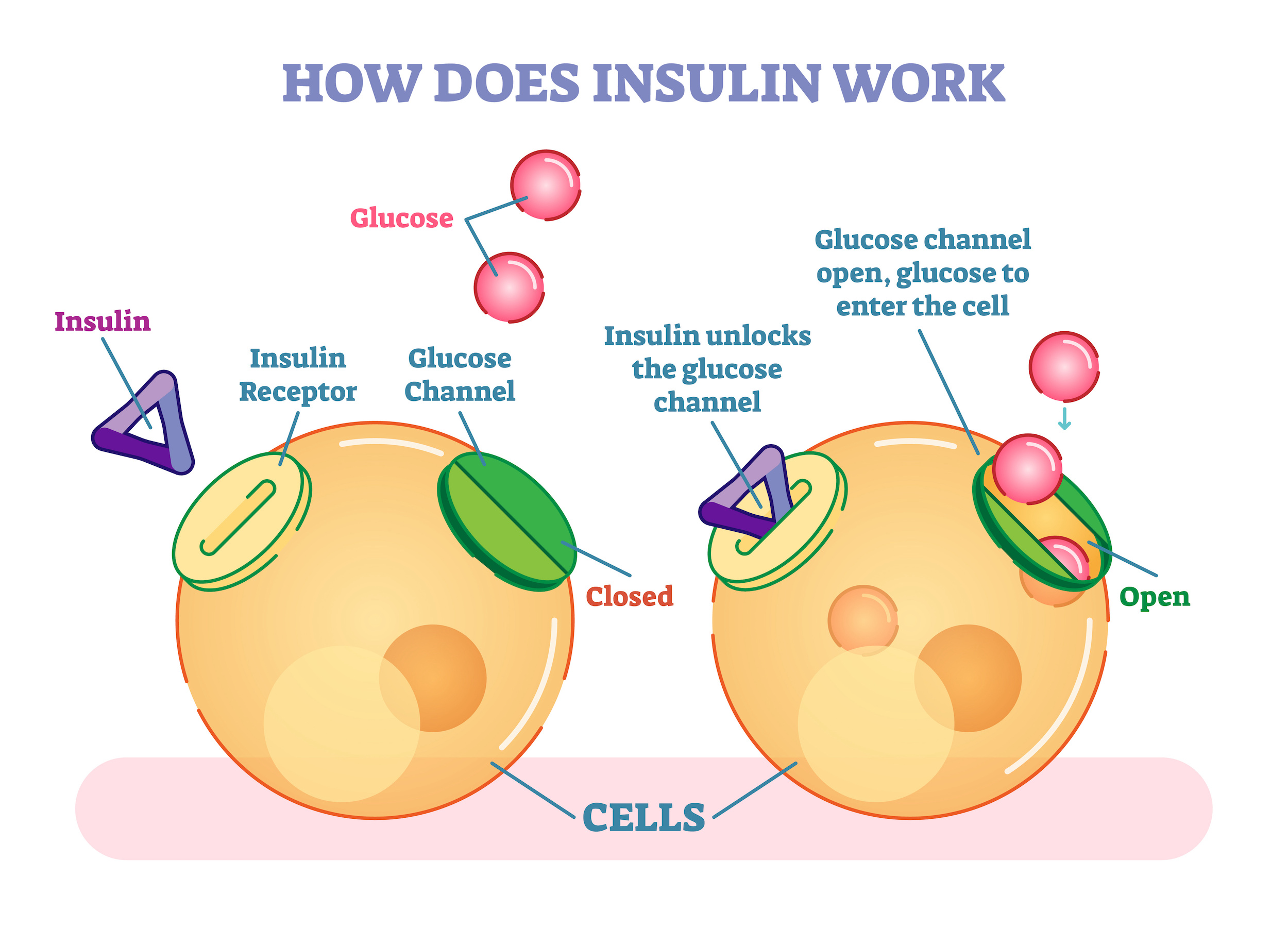It’s no secret that exercise is important for our overall health, but did you know that the way we exercise can impact our hormones in different ways? Exercise is one of the most important things you can do for your health, and it’s not just because it helps you stay fit, lose weight, or look good. Exercise also has a profound impact on our hormones, which play a crucial role in regulating many aspects of our health.
In this blog post, we’ll discuss how exercise affects our hormones, specifically insulin. We’ll also provide some tips on how to get the most out of your workouts when it comes to hormone regulation.
What Is Insulin?
Insulin is a hormone that helps the body use glucose, or blood sugar, for energy. The body needs insulin to function properly. When you eat or drink, your digestive system breaks food down into glucose and other nutrients. Your blood carries glucose to all of your body’s cells for energy. Insulin is a hormone that is produced in the pancreas, which is an organ located behind the stomach. The pancreas releases insulin into the bloodstream when blood sugar levels rise. Insulin then attaches to and signals receptors on cells, telling them to absorb glucose from the bloodstream. Once inside the cells, glucose is used for energy or stored for future use. If you have diabetes, your body does not make enough insulin or does not use insulin properly. As a result, too much glucose stays in your blood, causing serious health problems.
How Does Exercise Affect Insulin Levels?
Exercise has a number of benefits for people with diabetes. It can help to lower blood sugar levels and improve the body’s sensitivity to insulin. In addition, exercise can help to reduce the risk of heart disease and stroke. But how does exercise actually affect insulin levels?
When you are active, your muscles use more glucose for energy. This process is known as “glycogenolysis.” As glycogenolysis increases, it causes your liver to release more glucose into your bloodstream. In response to this increase in blood sugar, your pancreas releases more insulin. The insulin then helps move the glucose from your blood into your cells, where it can be used for energy.
Exercise also increases the amount of time that insulin remains in your bloodstream. This is because muscles use more glucose during exercise, and they continue to use glucose for energy even after you stop exercising. As a result, your body needs more time to remove the excess insulin from your blood. This increased presence of insulin can help to improve the body’s sensitivity to insulin and lower blood sugar levels.
In short, exercise can help reestablish a normal response to insulin and overcome insulin resistance. If the exercise is too intense and causes elevated cortisol when it is already high, this can worsen insulin resistance and further impair your ability to burn fat and regulate blood sugar.
How Does Insulin Relate to Diabetes?
In people with diabetes, the body does not produce enough insulin, or the cells do not respond properly to insulin, resulting in high blood sugar levels. There are two main types of diabetes, type 1 and type 2. In type 1 diabetes, the body does not produce any insulin, while in type 2 diabetes, the body does not produce enough insulin or the cells do not respond properly to insulin.
Many people who struggle to lose weight or have excess weight have insulin resistance which is most often associated with type II diabetes. This refers to a state where your body no longer responds properly to insulin, so your cells can’t properly use the sugar in your blood. The ultimate effect of this state actually causes us to shift our metabolism away from using fats.
You cannot store fat without insulin. This is why people with type I diabetes can eat 20000 calories a day and not gain weight.
Basic Exercise Recommendations
General recommendations:
- 150 minutes of light/moderate aerobic activity per week (30 minutes a day, 5x a week)
- 75 minutes of vigorous aerobic activity per week (15 minutes a day, 5x a week)
How can you safely begin implementing exercise?
Exercise is an important part of overall health, but it’s important to start slowly and safely. Here are some easy ways you can begin incorporating exercise into your daily routine:
- Go for a walk
- Go for a light, sustainable jog
- Work in the garden
- Play casual sports in the park with family or friends – frisbee, catch, pass a soccer ball
- Go for a light/moderate hike
- Play music while you cook and bust a move
- Take the stairs instead of the elevator
- Beginner yoga
- Virtual reality games
- Casual bike ride
Call Your Local Affordable and Effective Weight Loss Clinic
Dr. Kells’, DC, Weight Loss was born out of over 18 years of clinical experience and her own personal health crises/ weight loss journey. Now her mission is to help others regain their health and their life through an effective weight loss program and coaching! You can start feeling better today with the life transformation methods of Dr. Kells’ DC Weight Loss program. If you are ready to transform your life, you can schedule an appointment online or call us at (385) 257-9194. We offer the best weight-loss programs tailored to your body type.

